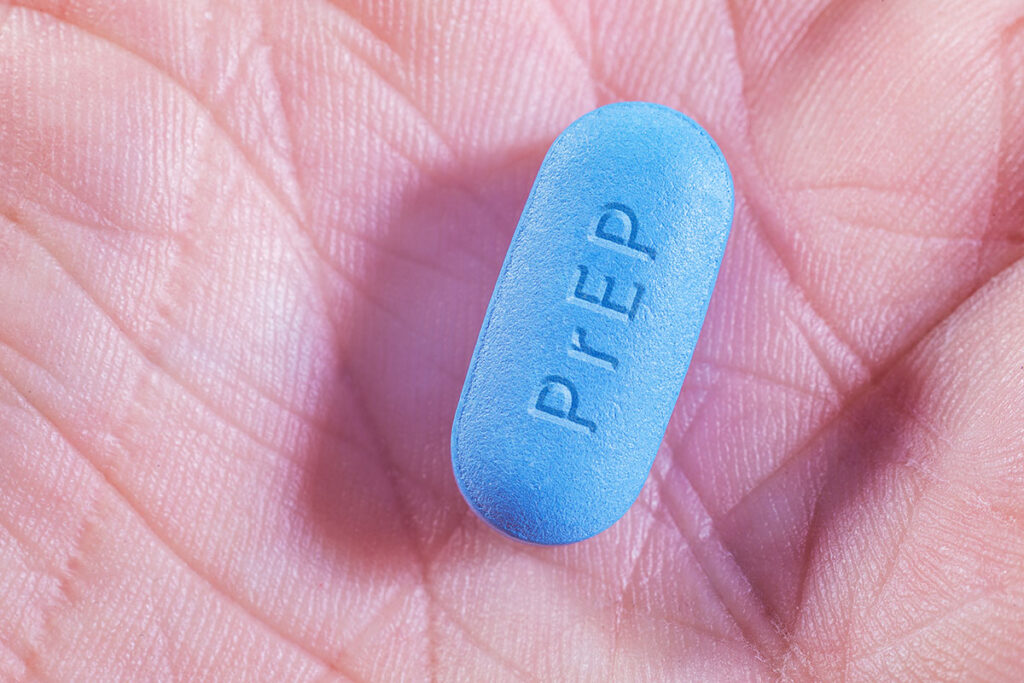Abstract
Purpose
To describe medication adherence and persistence of HIV PrEP overall and compare between sex and age groups of commercially insured individuals in the United States.
Methods
We conducted a national retrospective cohort study of the Merative MarketScan Claims Database from 2011 – 2019 to describe adherence and persistence of PrEP overall and compared between sex and age groups. High adherence was defined as >80% of proportion of days covered and persistence was measured in days from initiation to the first day of a 60-day treatment gap.
Results
A total of 29,689 new PrEP users identified. Overall adherence was high (81.9%; 95% confidence interval [CI]: 81.5% – 82.3%). Females were more adherent than males (adjusted odds ratio [aOR] 1.87; 95% CI: 1.50-2.34), while those >45-years were less adherent than individuals <45-years (aOR 0.87: 95% CI: 0.81 – 0.93). More than half of individuals discontinued therapy within the first year (median 238.0 days; interquartile range 99.0-507.0 days). Females were less persistent than males (hazard ratio [HR] 1.49; 95% CI: 1.34-1.65), and people >45-years old were more persistent (i.e., lower risk of discontinuation) than those <45-years (HR 0.43; 95% CI: 0.33-0.55).
Conclusions
These findings show adherence to daily PrEP is high among commercially insured individuals but the majority still discontinue in the first year. Future research should investigate what factors influence PrEP discontinuation among this population and ways to reduce barriers to therapy maintenance to ensure the population-level benefits of PrEP treatment.
The full study can be viewed at Pharmacoepidemiology and Drug Safety.
McCormick, C. D., Sullivan, P. S., Qato, D. M., Crawford, S. Y., Schumock, G. T., & Lee, T. A. Adherence and Persistence of HIV Pre-Exposure Prophylaxis use in the United States. Pharmacoepidemiology and drug safety.
Sign up for Schaeffer Center news

